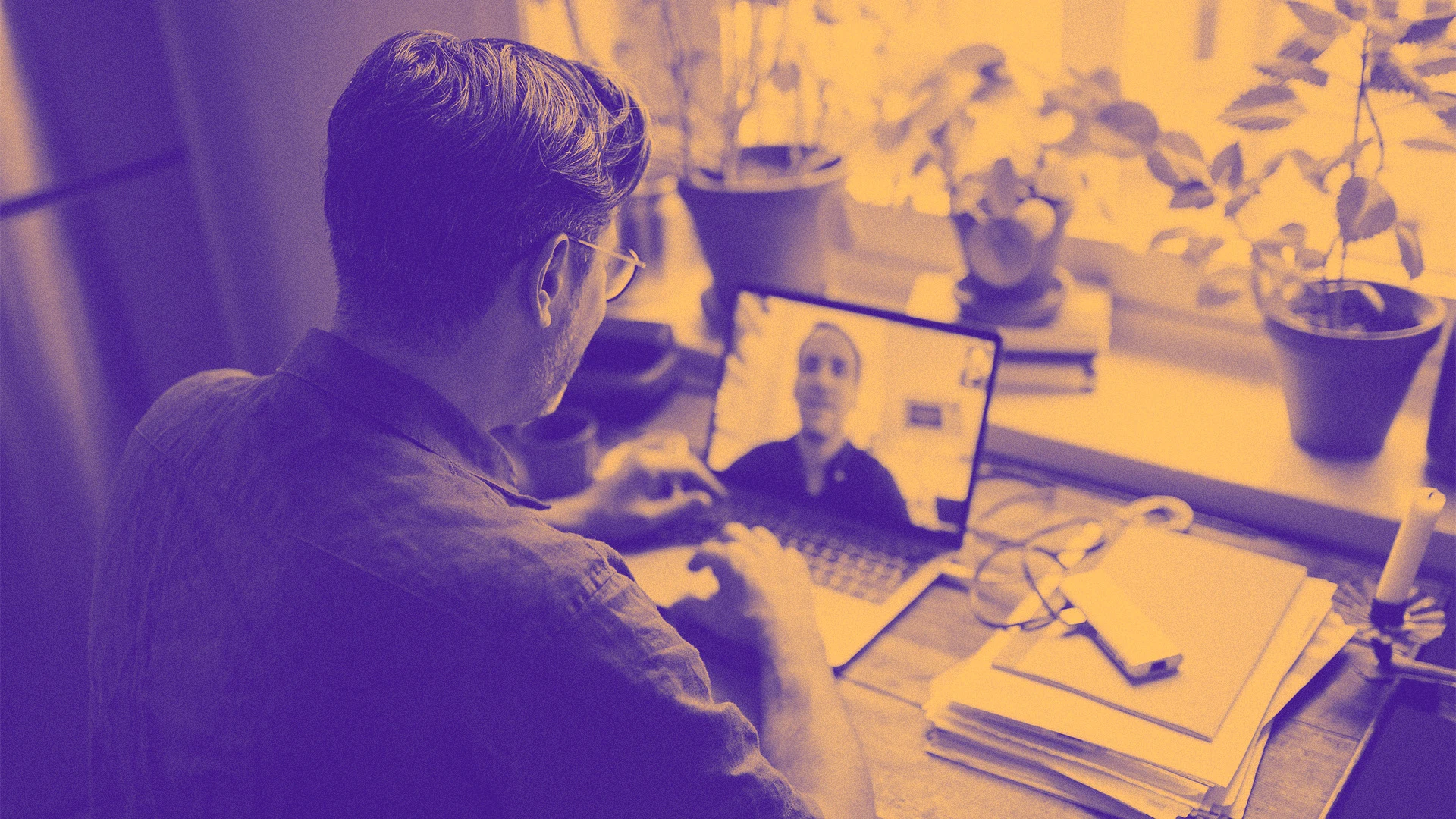
Back in the dark days of Covid lockdowns, millions of people around the globe brought a new app into their homes and lives to adapt to working at home: Zoom. Five years later, after the collective experience of endless video calls and other pandemic-era stressors led to Zoom fatigue or video call burnout, prompting the creation of guidelines about how to minimize those risks, those on-screen meetings are part of many people’s ordinary working lives. The enduring shift to hybrid and remote working conditions has changed how many of us go to the “office.” New research on current attitudes to Zoom today suggests video interactions no longer wear us down. In fact, a recent academic article says that under certain conditions, Zoom meetings may be less stressful than face to face gatherings.
The scientists’ work, published in the Journal of Occupational Health Psychology, described extensively interviewing over 100 people who take part in different types of work meetings. Researchers asked about their exhaustion levels, if they were able to take a mid-meeting break, and their more general attitudes about the platform’s role in their work lives. One team member, Hadar Nesher Shoshan, a junior professor at Johannes Gutenberg University in Mainz, Germany told news outlet Phys.org that their initial hypothesis was that “zoom fatigue still existed” simply because “all previous studies had come to this conclusion.”
But their investigation came to a startling conclusion that told a very different story. “We found no evidence of the phenomenon,” Shoshan said, and in fact, according to their findings, “online meetings are not more fatiguing than in-person meetings.”
Even more fascinating, from the questions the subjects in the study answered, the researchers concluded that if a Zoom meeting lasts less than 44 minutes, the experience of attending the meeting may even be less exhausting to the attendees than traditional in-person business meetings.
Featured Video
An Inc.com Featured Presentation
Intuitively, this makes sense. A shortish Zoom meeting from the comfort of your own home, a cafe or a coworking space may not seem as inconvenient as dressing in office-suitable clothing, suffering your commute, and then having to sit in a drab office environment to have the same discussion with the same people. For Zooms that last less than three-quarters of an hour, you probably wouldn’t even feel the need to get off the sofa or top up your coffee mug. That’s much less tiring than having to listen to Steve from Accounts in person, droning on across a conference table under poor lighting.
So what’s going on here? Why did this research find such different answers about Zoom fatigue? And what can you learn from it for your own company?
According to Shoshan, the most likely cause of Zoom fatigue at first was the pandemic itself, versus the complications of switching to mainly online meetings. When you add all the complex social issues lockdowns caused, Zoom meetings — closely linked to lockdowns in user’s minds — were thus subject to many of the same negative feelings. “People were missing their old way of life, their social contacts and were no longer enjoying their work,” Shoshan said.
Meanwhile, previous studies that suggested we were still suffering Zoom fatigue years after the lockdown ended mainly included data gathered actually during lockdown, Shoshan contends.
So what’s the lesson here for your company?
It might be surprising: hybrid and remote working may actually be better for your workforce, under certain conditions, at least regarding video call meetings.
This is definitely something to consider if you’re thinking of pivoting back toward a more traditional in-office model (which data show will be deeply unpopular with your staff). As long as you keep your Zooms short, it may actually boost your workers’ efficiency, since they may not be so tired out. And while you’re at it, why not set a firm time limit for in-person meetings too?



